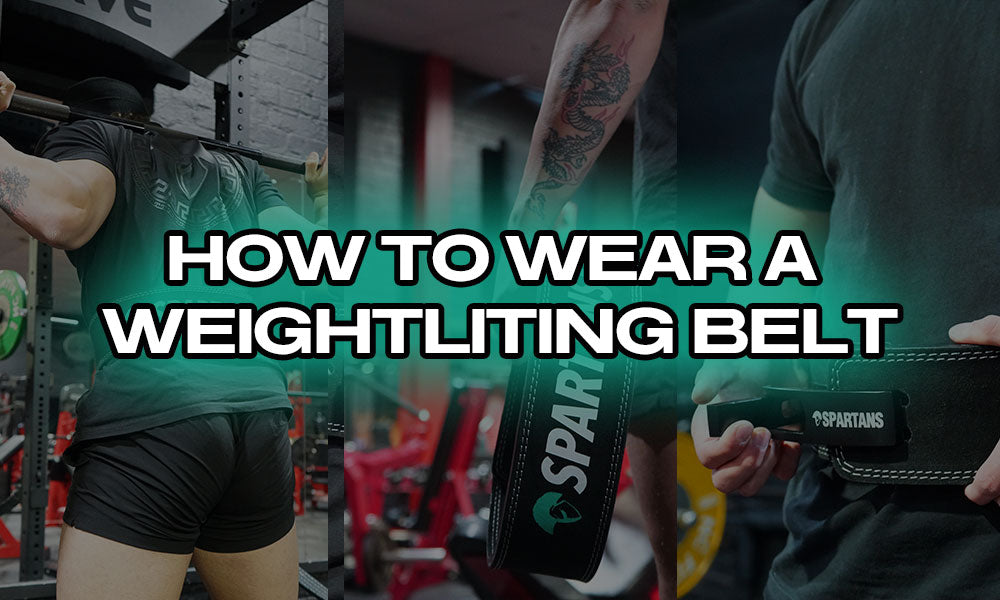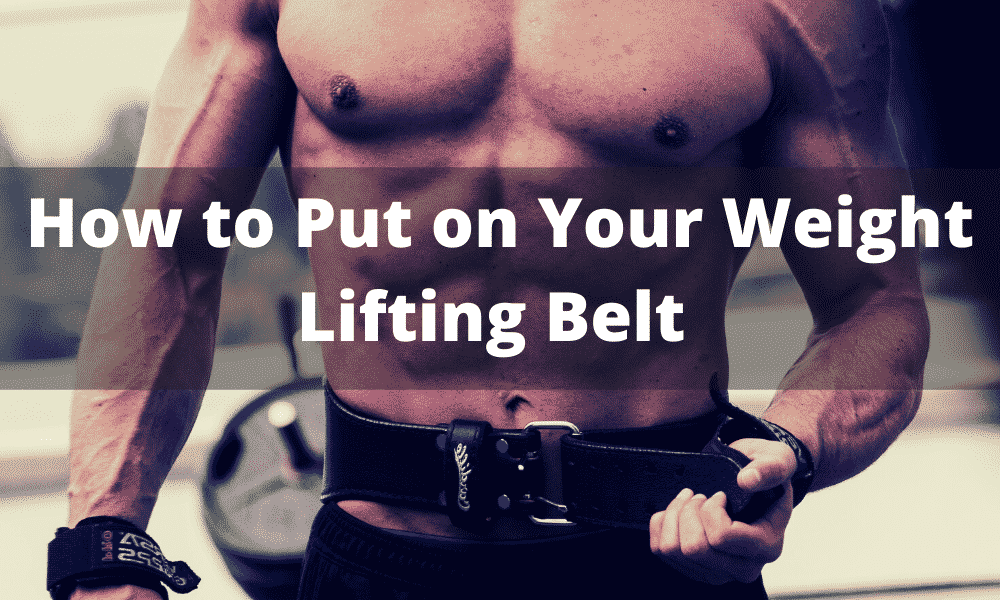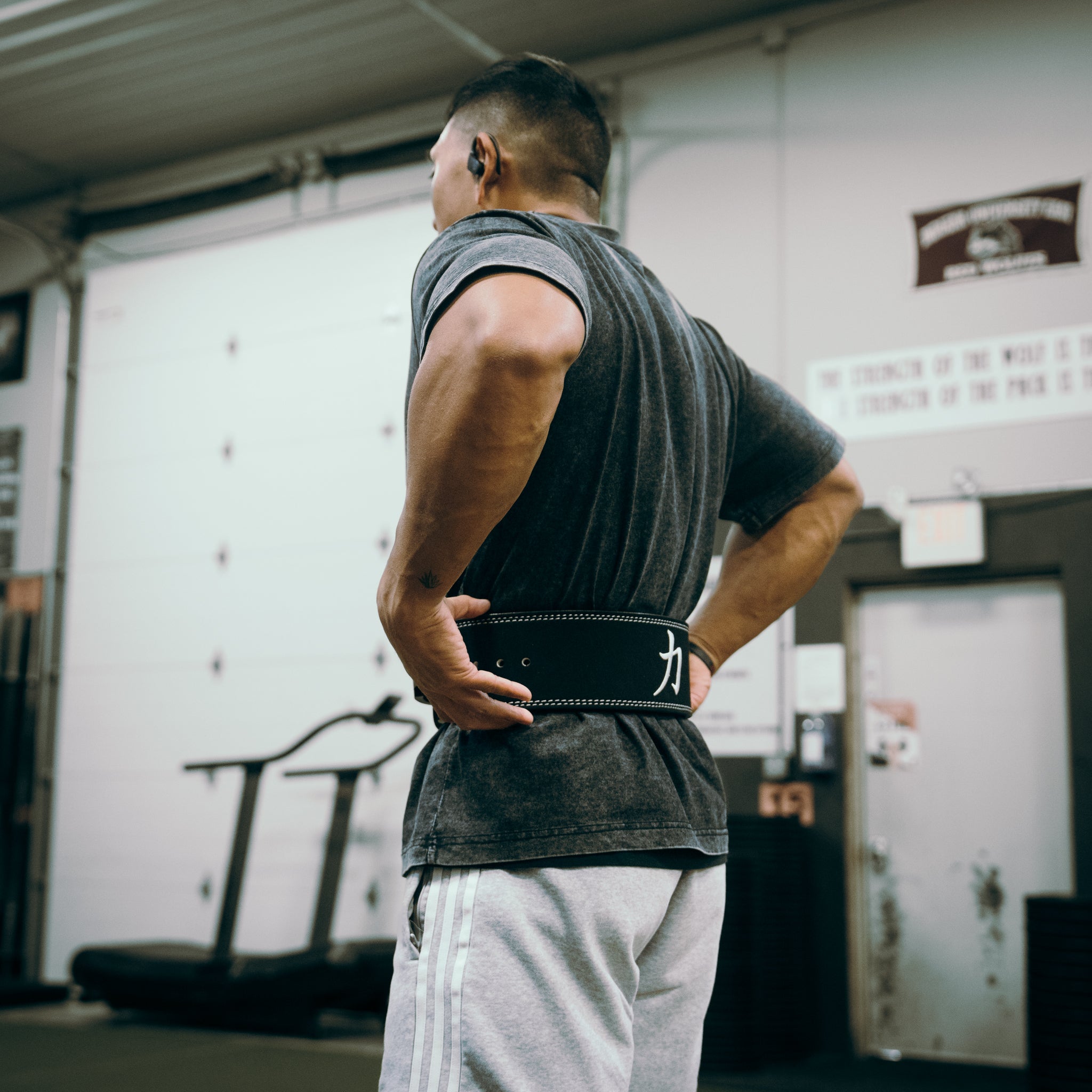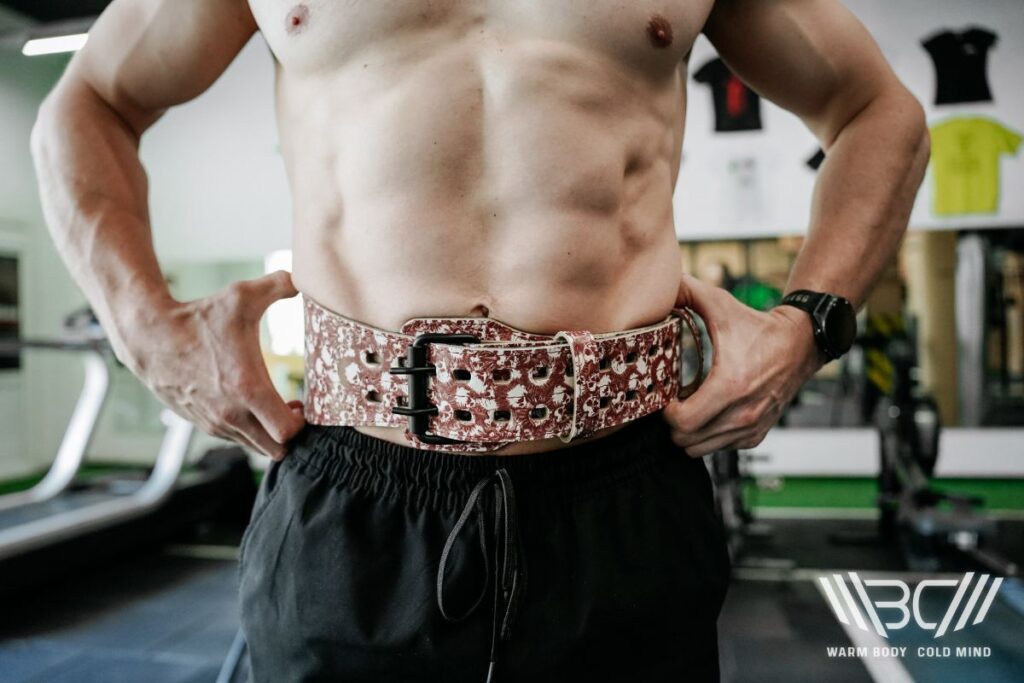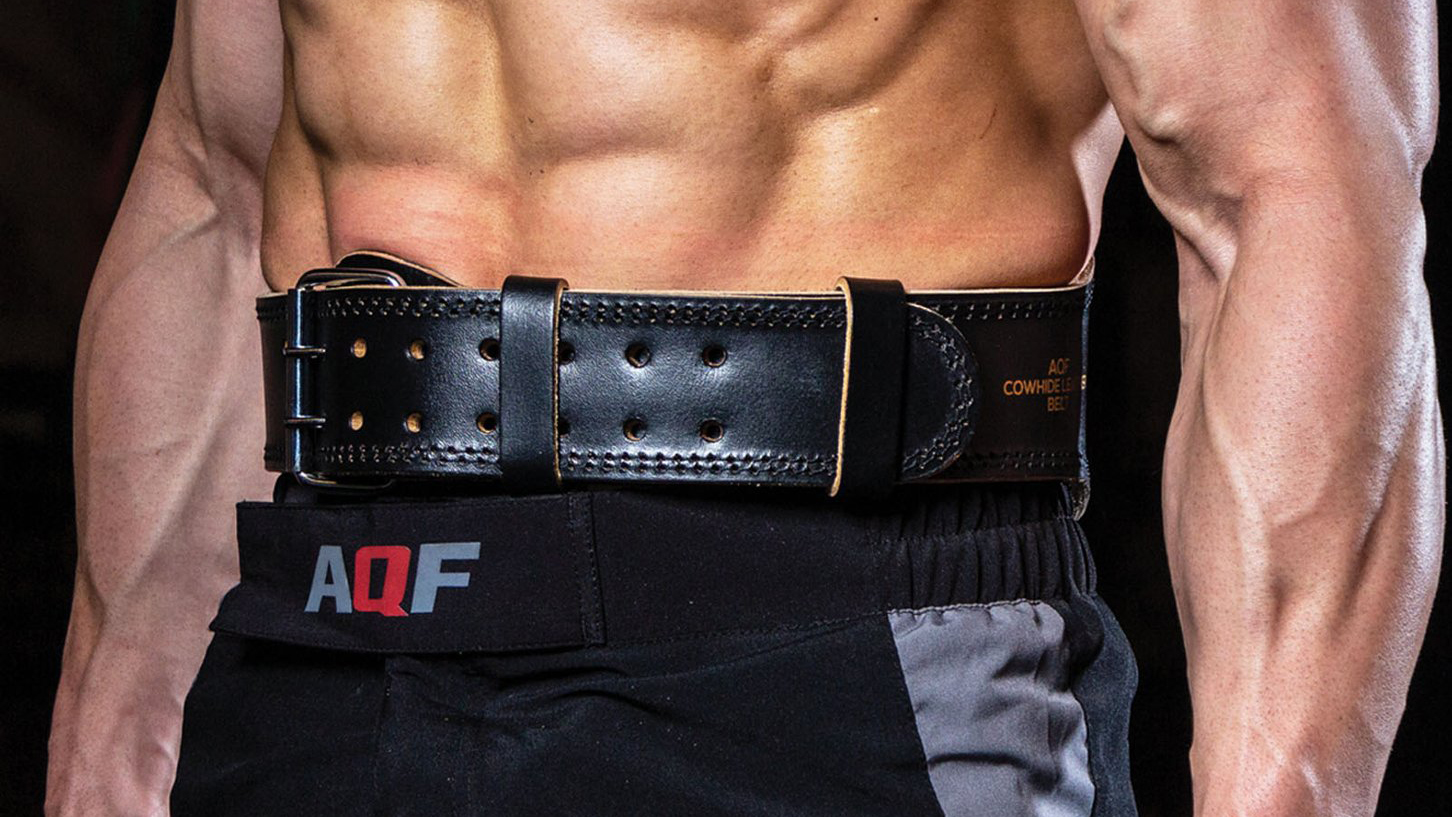How To Wear A Weight Lifting Belt

The weightlifting belt, a seemingly simple piece of equipment, is a subject of intense debate and varying opinions in the fitness world. Improper use can lead to injury and negate potential benefits, while correct application can significantly enhance performance and stability. Understanding the nuanced details of how to wear a weightlifting belt is crucial for maximizing its positive impact and minimizing risks.
This article dives deep into the proper techniques for wearing a weightlifting belt. It also explores different belt types, the science behind their function, and expert recommendations to guide both novice and experienced lifters in making informed decisions about their training.
Understanding the Weightlifting Belt
A weightlifting belt, typically made of leather or nylon, encircles the torso to increase intra-abdominal pressure during heavy lifts. This pressure provides support to the spine, reducing the risk of injury and potentially increasing the amount of weight a lifter can safely move. However, it's not a magic bullet; proper technique and a well-structured training program are paramount.
Types of Weightlifting Belts
Weightlifting belts come in various styles, each with its own advantages and disadvantages. Leather belts are generally considered the most durable and supportive, often featuring a single or double prong buckle.
Nylon belts are lighter and more flexible, often using Velcro closures for quick adjustments. Powerlifting belts are typically wider and thicker than belts used for general fitness.
Proper Belt Placement
Belt placement is critical for optimal performance and safety. The belt should sit snugly around the torso, typically positioned just above the hip bones and below the rib cage. It should feel secure but not so tight that it restricts breathing or causes discomfort when not actively lifting.
Finding the Sweet Spot
Experiment to find the ideal vertical position. Some lifters prefer the belt slightly higher, while others find a lower placement more comfortable and effective. Consider your body type and the specific exercises you're performing when determining belt placement.
Tightening the Belt Correctly
The primary purpose of the belt is to increase intra-abdominal pressure. This is achieved by actively bracing against the belt during the lift. The belt should be tightened enough to provide resistance when you brace, but not so tight that you can't take a deep breath beforehand.
The Valsalva Maneuver
Many lifters employ the Valsalva maneuver, which involves taking a deep breath, holding it, and bracing against the belt during the lift. This technique maximizes intra-abdominal pressure and spinal stability. However, individuals with certain medical conditions should consult with their doctor before using the Valsalva maneuver.
When to Use a Weightlifting Belt
The belt should not be worn for every exercise. It's primarily intended for heavy compound movements like squats, deadlifts, and overhead presses. Over-reliance on a belt can weaken core muscles and hinder proper lifting mechanics.
Strategic Use for Heavy Lifts
Save the belt for sets where you're lifting at or near your maximum capacity. This allows you to maximize its benefits without compromising core strength development during lighter training sessions. Listen to your body; use it only when you feel you need it.
Common Mistakes to Avoid
One common mistake is wearing the belt too tight. This can restrict breathing and increase blood pressure unnecessarily. Another is using the belt as a substitute for proper form.
Prioritize Technique
A belt should be viewed as a tool to enhance performance and safety, not as a crutch. Focus on perfecting your lifting technique and strengthening your core muscles. Proper form is always the foundation.
Expert Opinions and Research
Many strength and conditioning coaches emphasize the importance of using a weightlifting belt judiciously. Dr. John Smith, a leading expert in biomechanics, suggests that "belts can be beneficial for experienced lifters performing heavy lifts, but they should not be used as a substitute for proper training and technique."
Research studies have shown that weightlifting belts can increase intra-abdominal pressure and spinal stability. However, the magnitude of these effects can vary depending on individual factors and lifting technique.
The Future of Weightlifting Belt Technology
The field of sports equipment is constantly evolving, and weightlifting belts are no exception. Researchers are exploring new materials and designs to optimize performance and comfort. Smart belts with sensors that track lifting form and provide real-time feedback are also being developed.
These innovations have the potential to revolutionize the way lifters train and reduce the risk of injury. They may also help individuals better understand and control their form and technique.
Conclusion
Wearing a weightlifting belt correctly requires understanding its purpose, selecting the right type of belt, mastering proper placement and tightening techniques, and using it strategically. While a belt can be a valuable tool for enhancing performance and safety, it's crucial to prioritize proper form and technique, and to avoid over-reliance on the belt. Consult with a qualified strength and conditioning coach or healthcare professional to determine if a weightlifting belt is right for you and to learn how to use it safely and effectively. Remember that the key to long-term success in weightlifting lies in a balanced approach that emphasizes proper technique, progressive overload, and intelligent use of supportive equipment.
